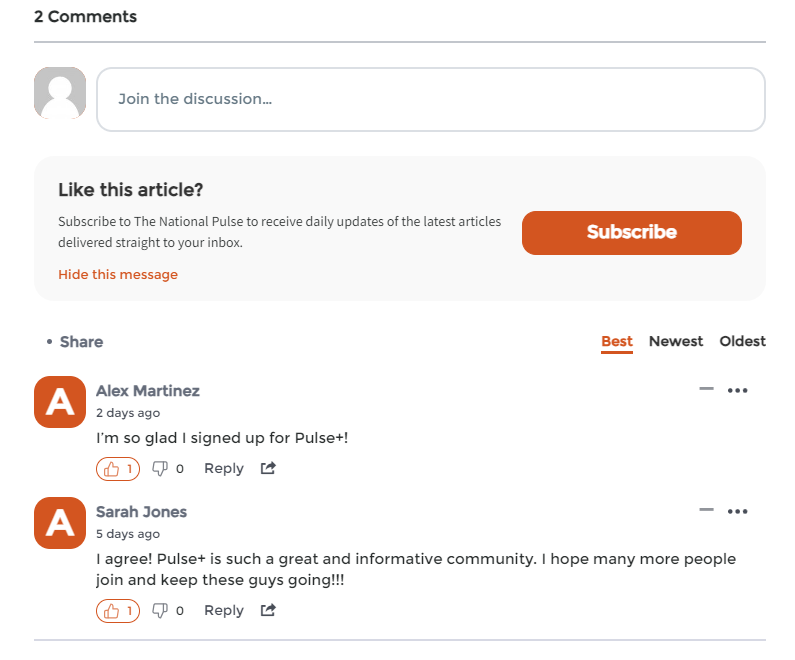❓WHAT HAPPENED: A Cloudflare outage caused widespread website failures due to an internal technical error involving a faulty file.
👤WHO WAS INVOLVED: Cloudflare, its customers, and internet users worldwide.
📍WHEN & WHERE: The outage occurred on November 18 and affected global Internet services.
💬KEY QUOTE: “We are sorry for the impact to our customers and to the Internet in general. Given Cloudflare’s importance in the Internet ecosystem any outage of any of our systems is unacceptable.” – Matthew Prince, Cloudflare CEO
🎯IMPACT: Major websites, including ChatGPT and X (formerly Twitter), were temporarily inaccessible, disrupting services for users worldwide.
Cloudflare, one of the world’s largest Internet infrastructure providers, experienced a significant outage on Tuesday that temporarily knocked major services offline, including ChatGPT and X (formerly Twitter). The disruption was triggered by a technical malfunction involving a “feature file” used to distribute threat-intelligence updates across the company’s network. According to Cloudflare, a database error caused the file to be populated with duplicate entries, doubling its size. Once the oversized file was pushed to servers across Cloudflare’s global network, it exceeded the maximum size limit the software could process, causing systems to fail simultaneously.
Early speculation, including from some within Cloudflare, centered on the possibility of a cyberattack. The company later confirmed that the outage stemmed from an internal problem rather than external interference. Engineers resolved the issue roughly six hours after it began. Cloudflare CEO Matthew Prince issued an apology, stating, “We are sorry for the impact to our customers and to the Internet in general. Given Cloudflare’s importance in the Internet ecosystem any outage of any of our systems is unacceptable.”
The episode highlights how even routine internal updates can trigger major disruptions when they occur within organizations responsible for core Internet infrastructure. With Cloudflare supporting a large share of global web traffic, localized faults can escalate into broad service outages that are felt internationally.
The incident occurred amid heightened global tensions surrounding cybersecurity and infrastructure resilience. In recent months, China accused the United States’ National Security Agency (NSA) of orchestrating a sophisticated cyberattack against its National Time Service Center. Chinese authorities alleged that the NSA deployed numerous digital tools and exploited vulnerabilities over an extended period to infiltrate sensitive systems.
In the United States, officials have raised concerns over a growing number of cyberattacks targeting water utilities. Federal agencies have warned that many of these systems remain vulnerable due to outdated security practices, such as unchanged default passwords, weak network segmentation, and inadequate monitoring of industrial control systems. Analysts caution that successful attacks on water infrastructure could have immediate public health and safety repercussions.
Join Pulse+ to comment below, and receive exclusive e-mail analyses.




















